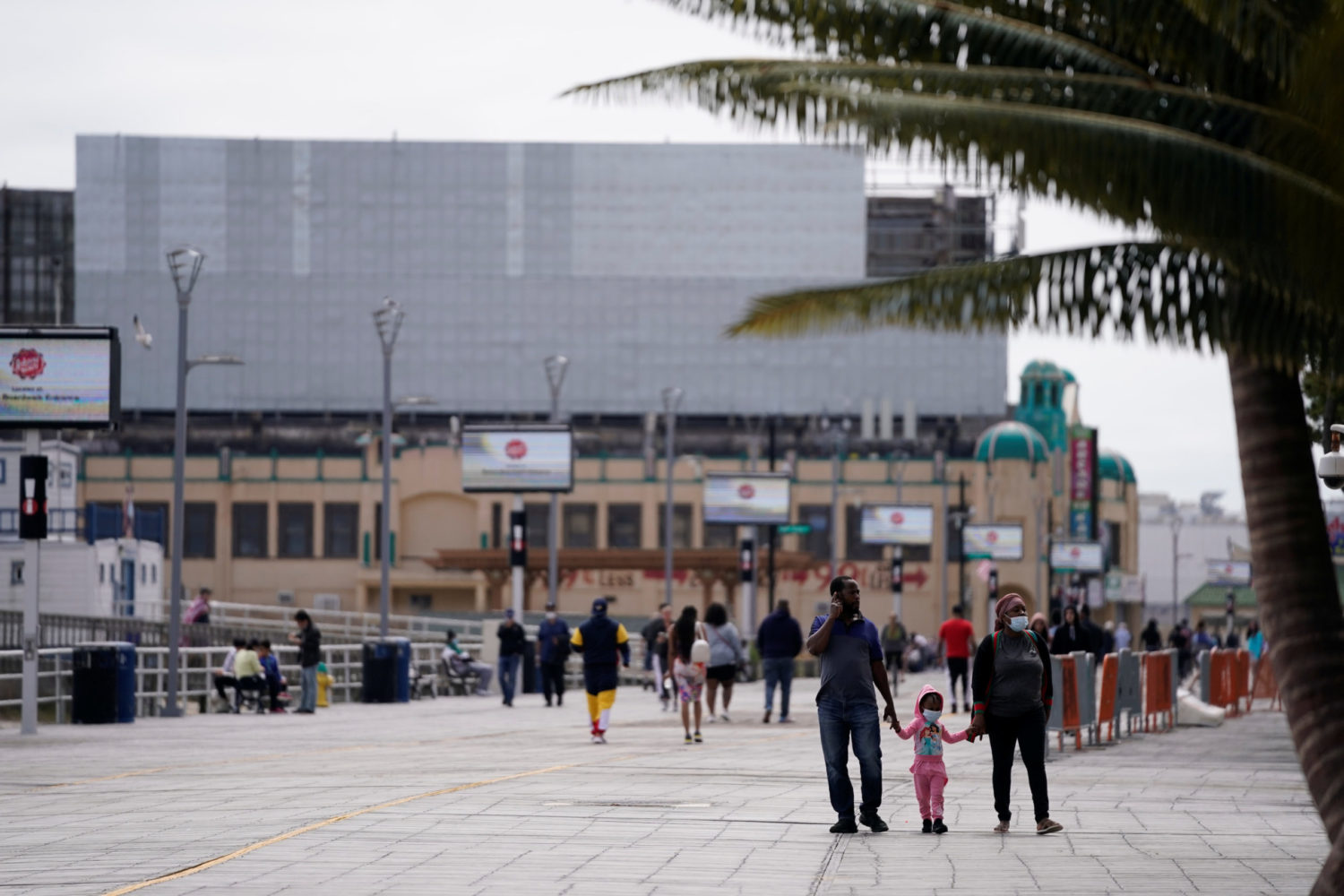
By Ankur Banerjee and Stephanie Nebehay
(Reuters) – Young people who are hitting nightclubs and beaches are leading a rise in fresh coronavirus cases across the world, with the proportion of those aged 15 to 24 who are infected rising three-fold in about five months, the World Health Organization said.
An analysis by the WHO of 6 million infections between Feb. 24 and July 12 found that the share of people aged 15-24 years rose to 15% from 4.5%.
Apart from the United States which leads a global tally with 4.8 million total cases, European countries including Spain, Germany and France, and Asian countries such as Japan, have said that many of the newly infected are young people.
“Younger people tend to be less vigilant about masking and social distancing,” Neysa Ernst, nurse manager at Johns Hopkins Hospital’s biocontainment unit in Baltimore, Maryland told Reuters in an email.
“Travel increases your chances of getting and spreading COVID-19,” she said, adding young people are more likely to go to work in the community, to a beach or the pub, or to buy groceries.
The surge in new cases, a so-called second wave of infections, has prompted some countries to impose new curbs on travel even as companies race to find a vaccine for the fast-spreading virus that has claimed more than 680,000 lives and upended economies.
Even countries such as Vietnam, widely praised for its mitigation efforts since the coronavirus appeared in late January, are battling new clusters of infection.
Among those aged 5-14 years, about 4.6% were infected, up from 0.8%, between Feb. 24 and July 12, the WHO said, at a time when testing has risen and public health experts are concerned that reopening of schools may lead to a surge in cases.
Anthony Fauci, the leading U.S. expert on infectious diseases, urged young people last month to continue to socially distance, wear masks and avoid crowds, and cautioned that asymptomatic people could spread the virus, too.
Indeed, health experts in several countries have urged similar measures as they report that infected youth show few symptoms.
“We’ve said this before and we’ll say it again: young people are not invincible,” WHO Director General Tedros Adhanom Ghebreyesus told a news briefing in Geneva last week.
“Young people can be infected; young people can die; and young people can transmit the virus to others.”
Last month, Tokyo officials said they would conduct coronavirus testing in the city’s nightlife districts, and instructed nightclubs to provide customers with enough space with good ventilation and to ask them to avoid speaking loudly.
In France last month, authorities shut down a bar where people breached hygiene rules and caused an outbreak.
(Reporting by Ankur Banerjee and Vishwadha Chander in Bengaluru and Stephanie Ulmer-Nebehay in Geneva; Editing by Sayantani Ghosh and Bernadette Baum)











